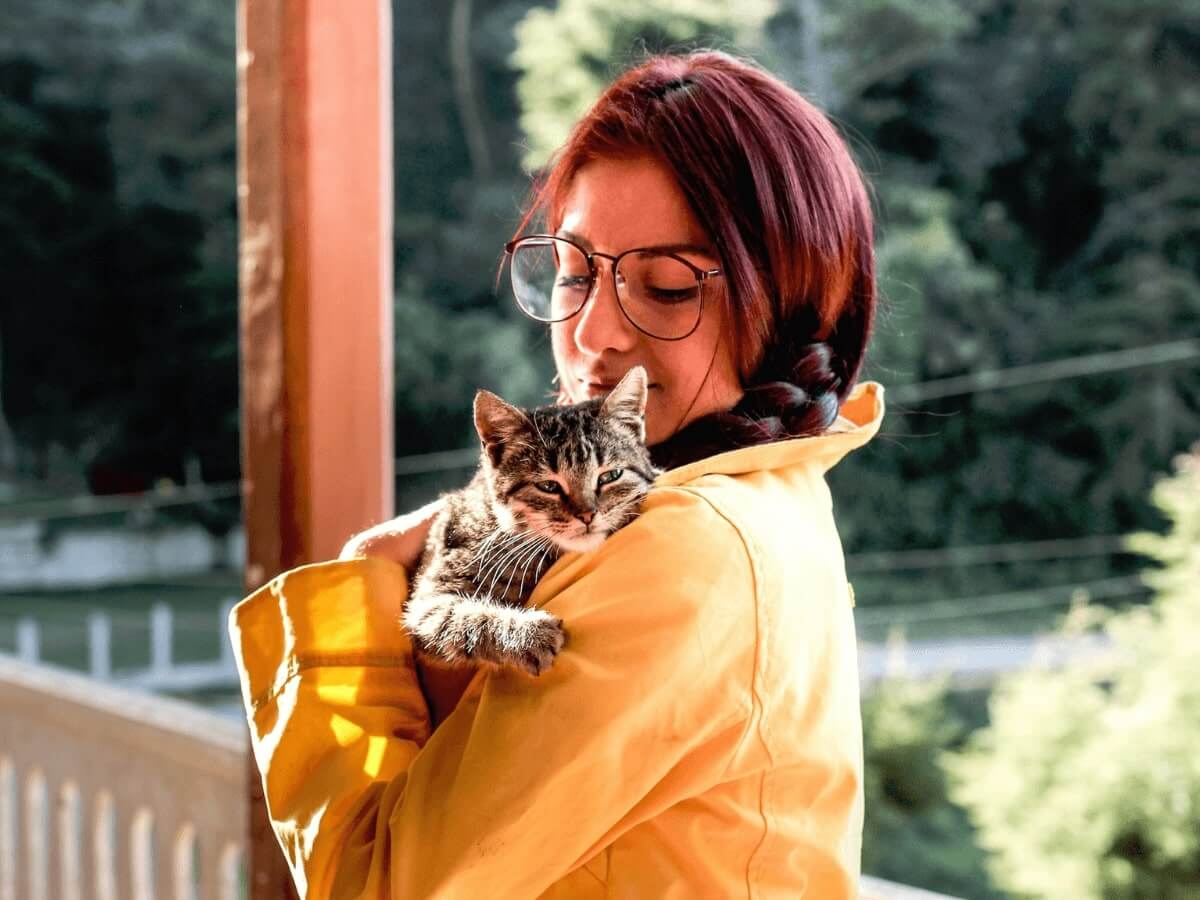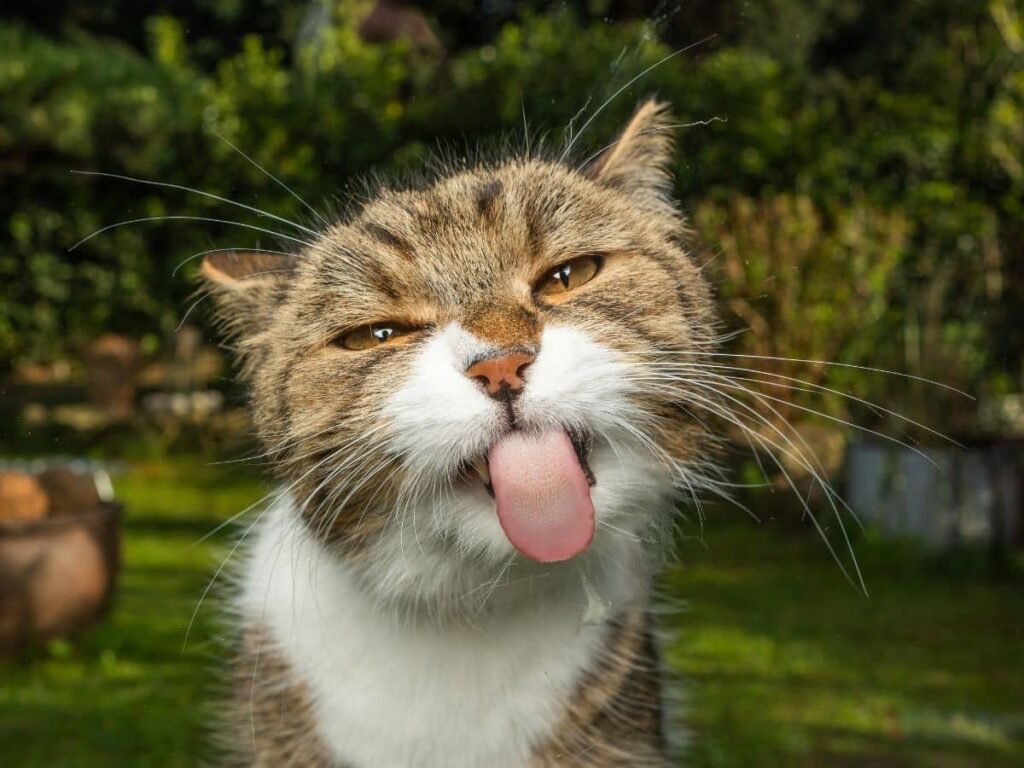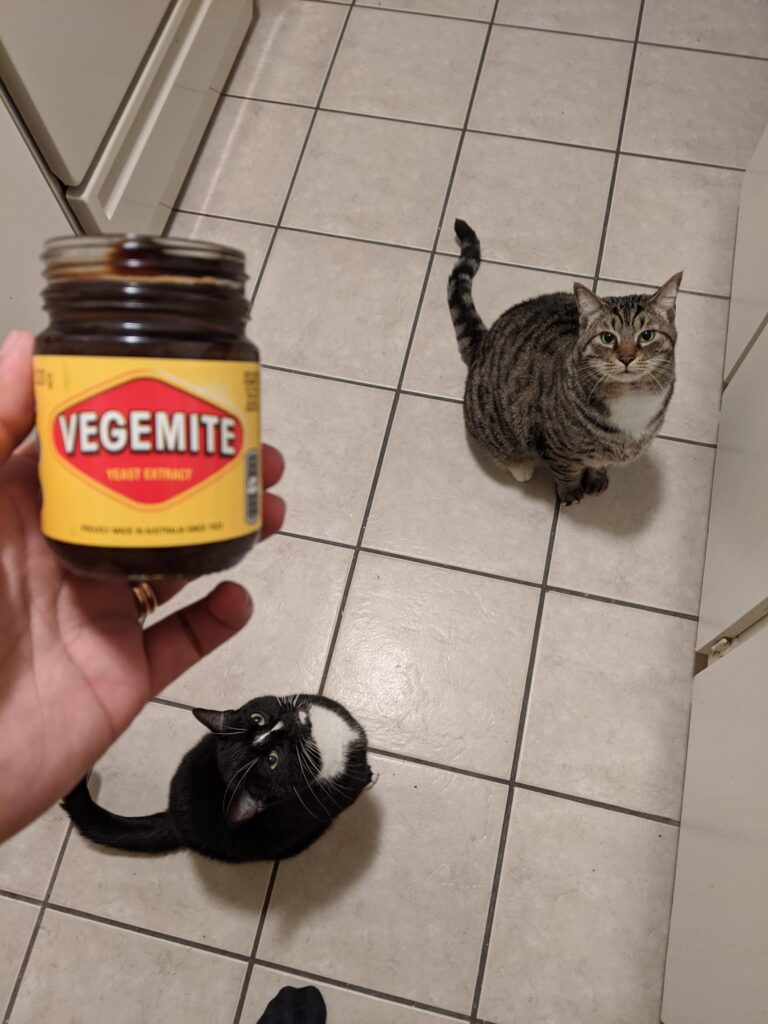Cats should not eat candy as it can be harmful to their health and not worth the risk. Cats cannot process the high sugar content in candy, which can lead to digestive issues, obesity, and even diabetes.
Additionally, some candies may contain toxic ingredients like chocolate and xylitol, which are extremely dangerous for cats. It is important to prioritize the well-being of our feline friends and provide them with a balanced and appropriate diet. Candy is not a suitable treat for cats and should be avoided to ensure their health and safety.
Contents
The Danger Of Candy For Cats
The Danger of Candy for Cats
Candy may be a sweet temptation for humans, but it can pose serious risks for our feline friends. Cats should avoid candy at all costsPotential risks and health problems associated with cats consuming candy:Choking hazards: Small candy pieces or wrappers can easily become stuck in a cat’s throat, leading to choking or suffocation.
2. Intestinal blockages: If a cat ingests candy, particularly those with hard, indigestible components like lollipop sticks or foil wrappers, it can lead to intestinal blockages, requiring immediate medical intervention.
3. Weight gain and obesity: Many types of candy are high in sugar and calories, which can contribute to weight gain and obesity in cats. This can lead to a range of health issues, including diabetes, joint problems, and heart disease.
4. Toxic ingredients:Conclusion: It is essential to keep candy out of reach of our feline companions to ensure their safety and well-being. Instead, provide them with appropriate cat-friendly treats and toys to satisfy their natural instincts without compromising their health.
The Toxic Ingredients In Candy

Cats are known for their curious nature, but when it comes to candy, it’s important to keep them far away. There are several toxic ingredients that can be found in many types of candy, putting your feline friend at risk. One of the most dangerous components is chocolate. While humans can enjoy this sweet treat, it contains a compound called theobromine that is highly toxic to cats. Even a small amount can cause symptoms like vomiting, diarrhea, rapid breathing, and even seizures.
Another group of ingredients to watch out for are artificial sweeteners. Many candies contain sweeteners like xylitol, which is safe for humans but can be deadly for cats. Ingesting even a tiny amount can cause a sudden drop in blood sugar, leading to seizures and potentially even liver failure.
In addition to chocolate and artificial sweeteners, candies often have unhealthy additives and preservatives. These can include artificial colors, flavors, and chemical preservatives that are not suitable for feline consumption. While your cat may be curious about that colorful piece of candy, it’s best to keep it out of their reach to avoid any potentially harmful effects.
In conclusion, it’s clear that cats should avoid eating candy altogether. The toxic ingredients found in many sweet treats can have severe consequences for their health. To keep your furry friend safe, it’s best to stick to a balanced diet specifically formulated for cats and avoid tempting them with any sugary snacks.
Signs Of Candy Poisoning In Cats
Can cats eat candy? It’s a question that many pet owners may have, especially around holidays like Halloween or Easter. While cats may show interest in these sweet treats, it’s important to remember that candy is not safe for them. In fact, consuming candy can lead to candy poisoning in cats.
Symptoms to watch out for include vomiting, diarrhea, increased thirst, excessive drooling, and even seizures. If you notice any of these signs after your cat has consumed candy, it’s important to take immediate action.
If you suspect candy poisoning in your cat, here are a few immediate actions to take:
| 1. Remove the candy: | Make sure to remove any remaining candy from your cat’s reach to prevent further ingestion. |
| 2. Contact your veterinarian: | Reach out to your veterinarian for advice on the next steps to take. They may recommend monitoring your cat at home or bringing them in for a check-up. |
| 3. Provide water: | Offer plenty of fresh water to help flush out any toxins in your cat’s system. |
Remember, candies are typically high in sugar and may contain artificial sweeteners like xylitol, which is toxic to cats. It’s best to keep candies safely stored away from your feline friends to prevent any potential harm.
Safe Alternatives To Candy For Cats

When it comes to treating our feline friends, it’s important to remember that candy is not a suitable option for cats. While some cats may be curious about these sweet treats, it’s best to steer clear of offering them candy due to potential health risks.
Healthy Treats For Feline Friends
Instead of tempting your cat with candy, consider these safe and healthy alternatives:
| DIY cat-friendly snacks | Commercial cat treats—what to look for |
|---|---|
|
|
Remember to always consult with your veterinarian before introducing new treats into your cat’s diet. By offering safe alternatives to candy, you can keep your feline friend happy and healthy.
Tips For Preventing Cats From Eating Candy
Cats are curious creatures known for their love of exploring new things, but when it comes to candy, it’s important to keep it out of their reach. While a small nibble once in a while may not harm them, candy can be toxic to cats. To prevent your feline friend from getting their paws on these sweet treats, consider the following tips:
- Keep candies out of reach by storing them in sealed containers or high cabinets.
- Creating a safe environment for your cat by removing temptations and putting away candies if you have guests at home.
- Educate family members and friends about the dangers of feeding candy to cats, as they may unknowingly offer them a treat.
Remember, even small amounts of certain candies can cause digestive upset, chocolate poisoning, or even organ failure in cats, so it’s best to err on the side of caution and avoid giving them any candy at all. Instead, opt for cat-friendly treats and toys to keep your furry friend happy and healthy.
Frequently Asked Questions On Can Cats Eat Candy? Are These Sweet Treats Worth Melting For?
What Kind Of Candy Can Cats Eat?
Cats should not eat candy. It can be harmful and unhealthy for their digestive system.
What Happens If A Cat Eats Candy?
If a cat eats candy, Vanilla pudding it can be harmful to their health. Candies often contain ingredients like chocolate or xylitol that are toxic to cats and may lead to vomiting, diarrhea, or even more severe complications. It’s essential to keep candies away from cats to prevent any harm.
What Sweet Treats Do Cats Like?
Cats should not be given sweet treats as their taste buds don’t detect sweetness.
Can Cats Have Peanut Butter?
No, cats should not have peanut butter. It can be a choking hazard and may contain ingredients that are toxic to cats.
Conclusion
Cats and candy are not a purr-fect combination. While a little taste may not harm them, it’s best to avoid it altogether. Cats lack a certain enzyme to break down sugar, leading to potential health issues. Providing them with a balanced diet and cat-friendly treats is the way to go, ensuring their well-being and happiness.

Katie Lindsey is a passionate cat lover and founder of Cats Solution, a comprehensive resource for all things feline. With a lifelong love for cats and extensive knowledge in their care and behavior, she provides expert advice and solutions to cat owners. Through her website, Katie fosters a supportive community where cat enthusiasts can find guidance and heartwarming stories. A dedicated advocate for animal welfare, Katie also promotes responsible pet ownership and adoption. Join her on this purr-fect journey celebrating the joy of feline companionship.

